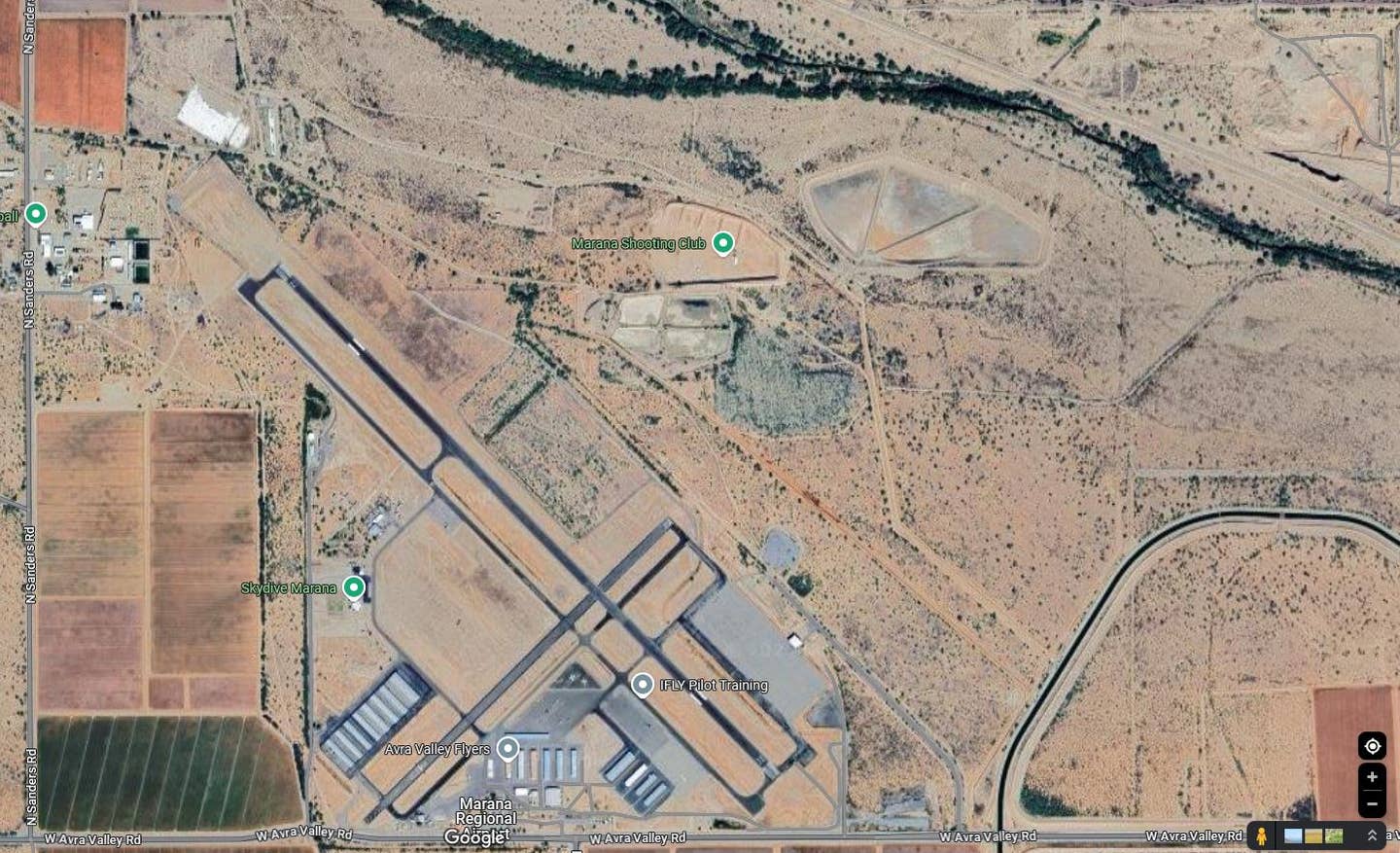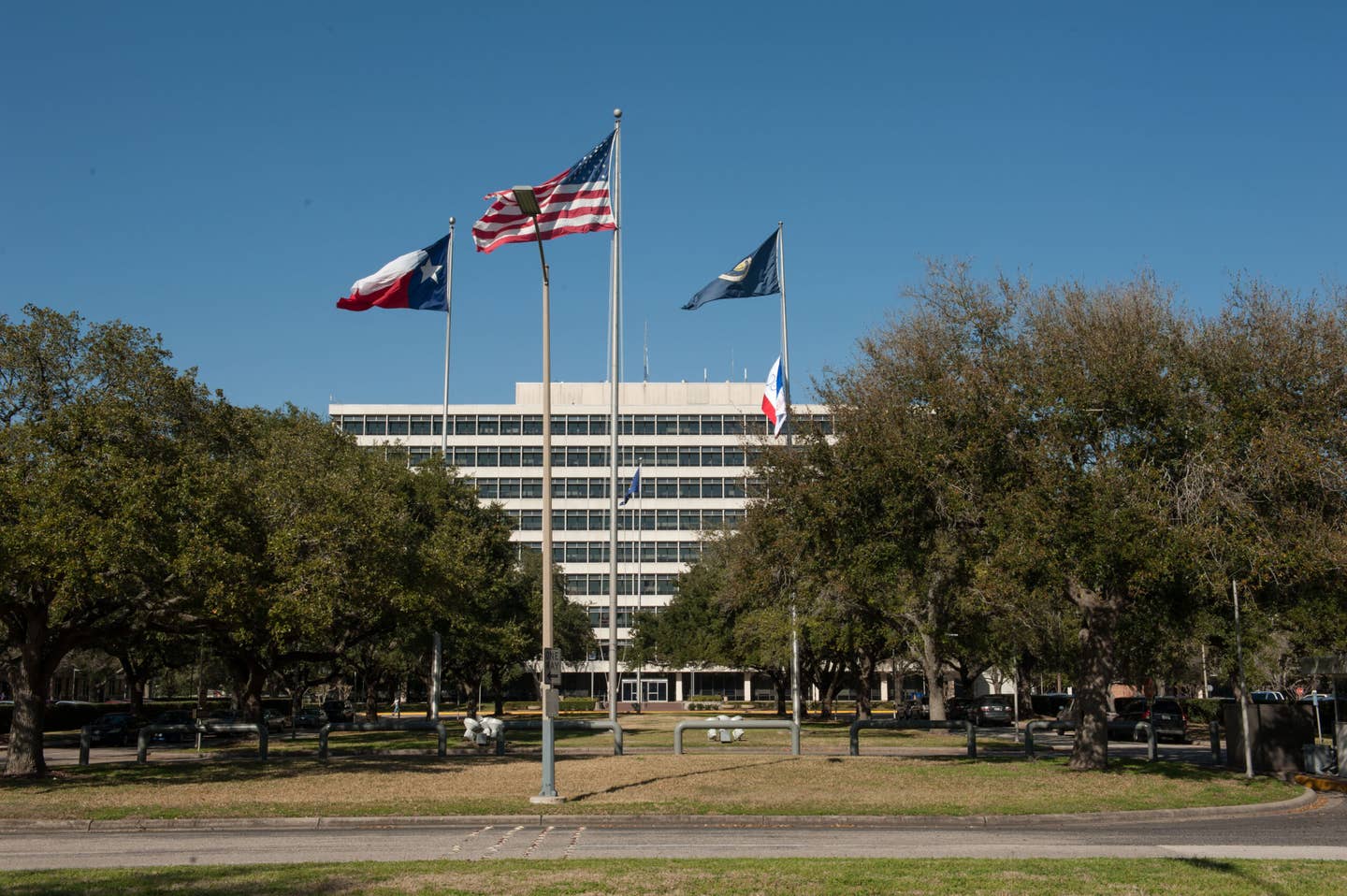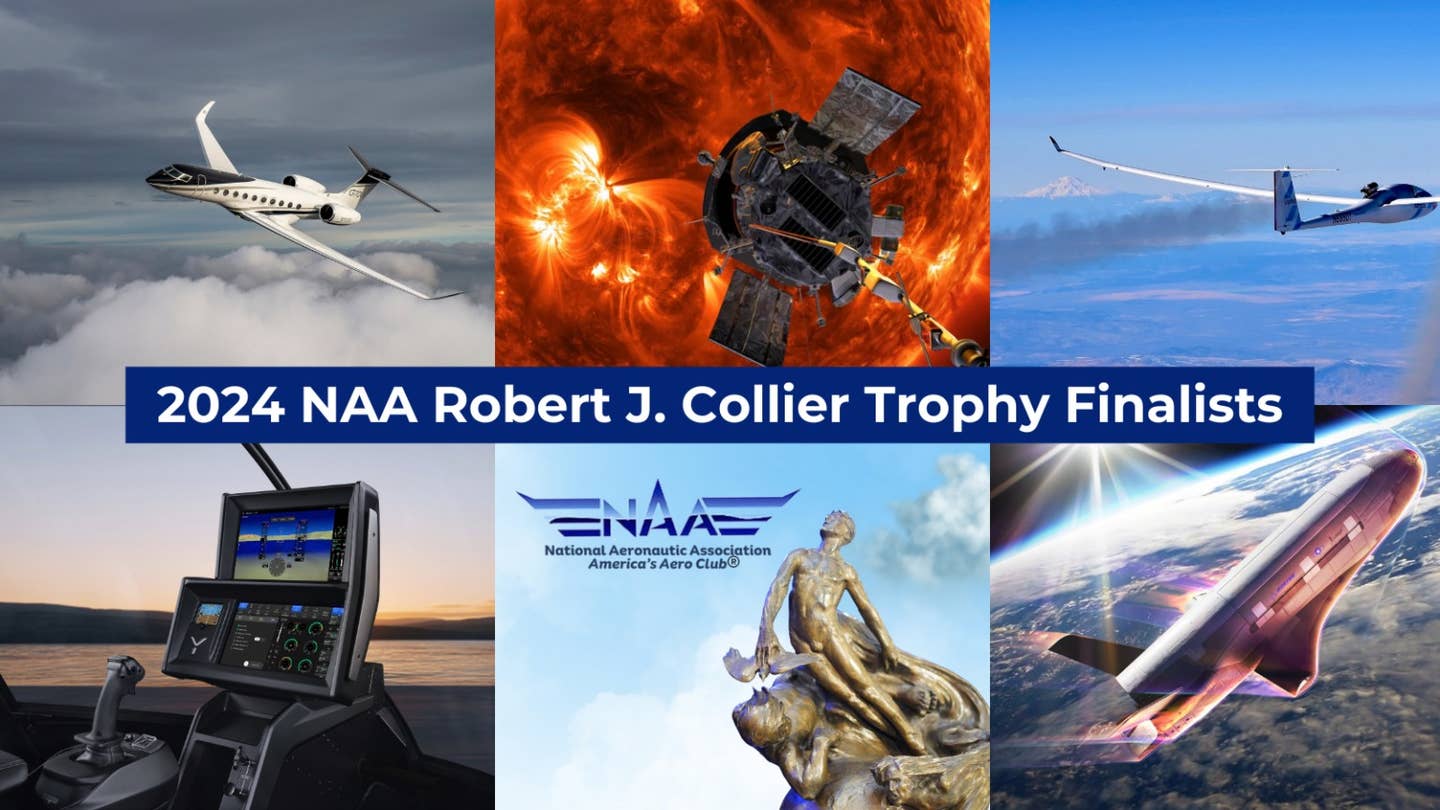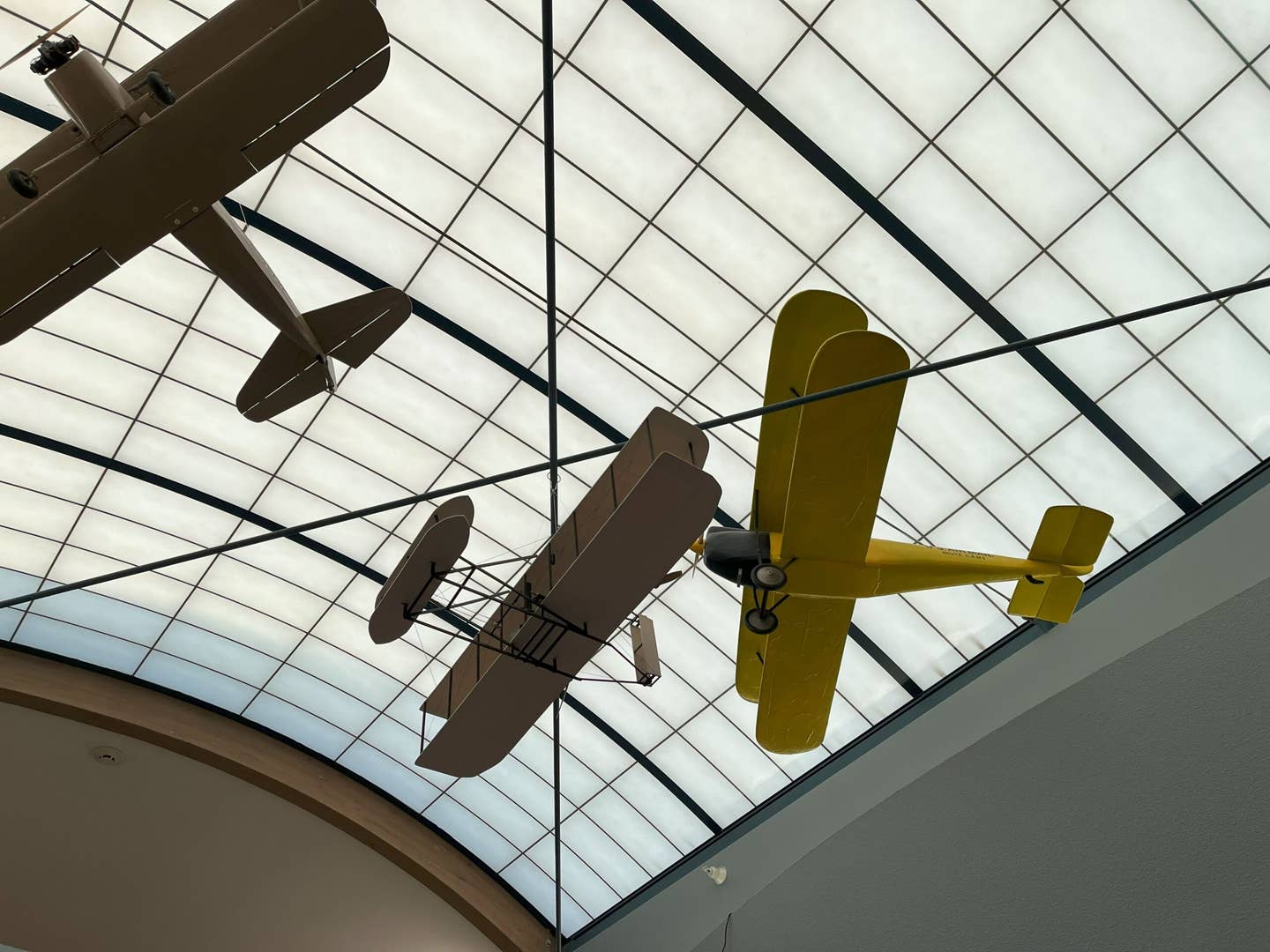NASA, ESA Join Forces to Land European Rover on Mars
The space agencies signed a new agreement that will see NASA supply heating units for the Rosalind Franklin rover, which could launch as soon as 2028.
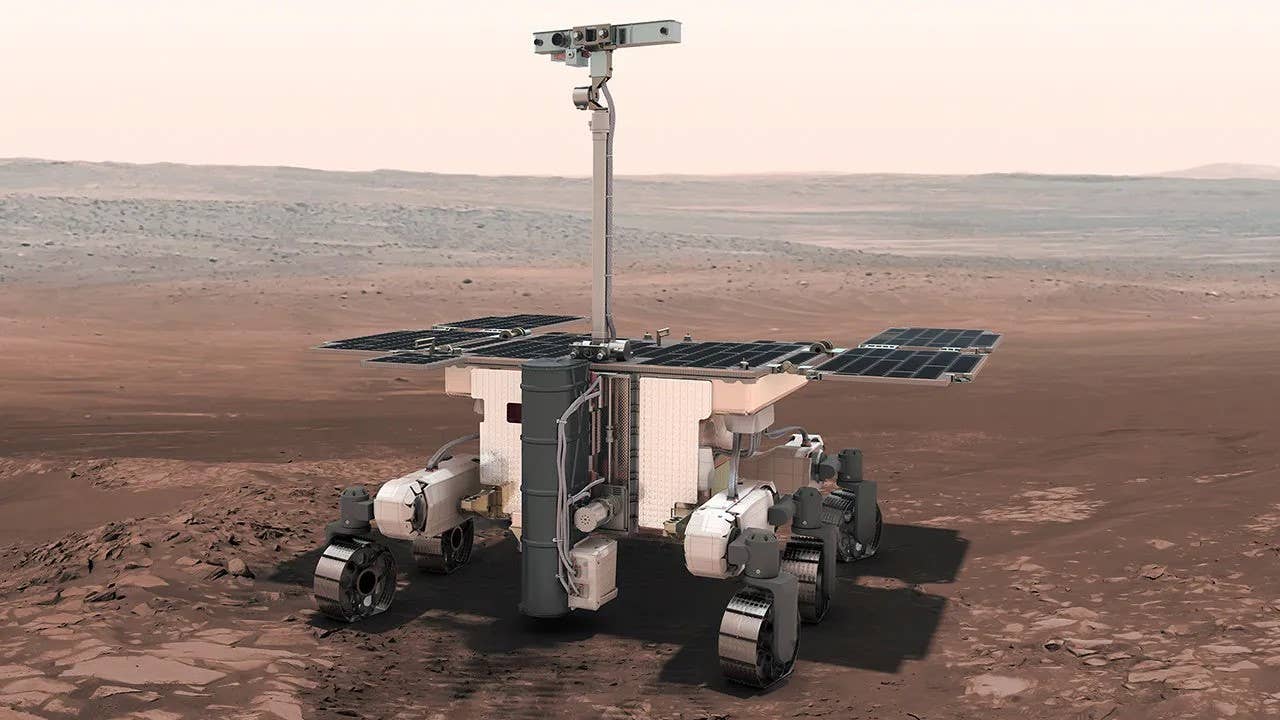
An artist’s concept depicts the Rosalind Franklin rover on Mars. [Courtesy: NASA]
NASA and the European Space Agency (ESA) are joining forces to land an ESA rover on Mars as early as 2030.
NASA and ESA on Thursday signed a fresh memorandum of understanding (MOU) to launch the latter’s Rosalind Franklin rover to the Red Planet as early as 2028, bolstered by expanded U.S. contributions to the mission.
ESA said the mission, called ExoMars, will be its most ambitious search for signs of past and present life on Mars. The rover is named after British chemist Rosalind Franklin, whose work was invaluable to the modern understanding of the foundation of life: DNA structures.
According to NASA, ExoMars also complements Mars Sample Return, a NASA and ESA-led initiative to bring Martian rock and soil samples to Earth for further study.
“This pivotal agreement strengthens our collaborative efforts for the ExoMars program and ensures that the Rosalind Franklin rover will set its wheels on Martian soil in 2030,” said Daniel Neuenschwander, director of human and robotic exploration for ESA. “Together, we are opening new frontiers in our quest to uncover the mysteries of Mars. We demonstrate our commitment to pioneering space exploration and expanding human knowledge.”
ESA had initially hoped to launch ExoMars in April 2022 with a different space agency partner, Russia’s Roscosmos. But following Russia’s invasion of Ukraine in February of that year, it severed ties with Roscosmos and got to work on a new mission profile.
NASA will have a key role to play in the renewed effort, which is led by stakeholders in Italy and includes participation from most ESA member states. Neuenschwander and Nicola Fox, associate administrator for NASA’s science mission directorate, signed an MOU on Thursday at ESA headquarters in Paris to get the U.S.’s contributions in writing.
NASA had already agreed to secure a U.S. commercial launch services provider and some propulsion system elements—such as a throttleable braking engine that decelerates the lander carrying Rosalind Franklin as it approaches Mars—for the rover.
Through a separate, existing partnership with German and French space agencies, it is also contributing a mass spectrometer to the Mars Organic Molecule Analyzer: the rover’s key scientific tool that will sift through Martian soil samples for signs of ancient life.
Under the new agreement, NASA will work with the U.S. Department of Energy (DOE) to provide the rover’s lightweight radioisotope heater units (RHUs). Previously, the DOE helped develop radioisotope power sources for the agency’s own missions.
Simultaneously, the U.K. will continue leading an effort to develop and certify a European EHU by the end of the decade through ESA’s European Devices Using Radioisotope Energy (ENDURE) program.
According to the partners, the next program milestone will be a preliminary design review of Rosalind Franklin’s systems, expected to be completed in June.
What Is ExoMars?
ExoMars actually comprises two main vehicle components: Rosalind Franklin and a separate spacecraft, the Trace Gas Orbiter (TGO), which launched in March 2016.
The TGO is searching for evidence of methane and other trace gases in Mars’ atmosphere, which researchers believe could be “signatures of active biological or geological processes.” According to ESA, the orbiter will collect the most detailed inventory of Mars atmospheric gasses to date. It will also help the agency beam data and commands to and from the Martian surface when Rosalind Franklin arrives.
The TGO was joined by Schiaparelli, an entry, descent and landing demonstrator module used to test ESA technologies that may be deployed on subsequent missions.
Russian-built instruments continue to be operated on the TGO. But cutting ties with Roscosmos forced ESA to return flight hardware to former partners, begin new maintenance and refurbishments on existing mission components, and develop new technologies to replace the components originally provided by Russia.
The agency estimated it would take three to four years to build and qualify a new European lander. But Earth and Mars are only optimally aligned for a mission such as ExoMars every two years, ESA says. Consequently, the launch was pushed to October 2028 at the earliest.
“The scientific validity of ExoMars remains intact, and the value and quality of the built flight hardware ensure a continuation of the program,” ESA said. “Five more years are now in front of the ESA and European industry teams to rebuild and re-qualify the spacecraft. ExoMars is being reshaped for this new enterprise, with new forces and energies joining the project team.”
ESA expects Rosalind Franklin’s first scientific readings to be recorded in October 2030, shortly after the rover lands and begins snapping photos of the landscape. Deep drilling using the rover’s specially designed drill, built by Leonardo, will commence about one month after landing.
Rosalind Franklin is designed to bore deeper into the Martian surface than any rover before. It will dig to a depth of 6.5 feet to collect ice samples, which researchers believe are shielded from the extreme radiation and temperature fluctuations on the planet’s surface. Samples will be analyzed on-site within the rover’s onboard laboratory. The entire process is designed to be autonomous.
“The Rosalind Franklin rover’s unique drilling capabilities and onboard samples laboratory have outstanding scientific value for humanity’s search for evidence of past life on Mars,” said Fox.
The rover will also use autonomous navigation software and unique driving techniques such as “wheel-walking”—which mirrors leg movements to keep its wheels from getting buried in the soil—to traverse difficult terrain. Each of the six wheels can be controlled individually.
A carrier module will ferry Rosalind Franklin to Mars, while an entry, descent, and landing module, which includes a landing platform, will enable deployment.
The decision to collaborate with NASA further entrenches ESA’s existing relationship with the U.S. space agency.
For example, NASA’s uncrewed Artemis I mission, which sent the agency’s Orion capsule around the moon and back in 2022, deployed ESA’s European Service Module. The module will power NASA spacecraft on crewed Artemis II and Artemis III missions, which are planned for September 2025 and 2026, respectively.
ESA is also contributing hardware to the space agencies’ joint Mars Sample Return initiative. An ESA-built sample transfer arm will load samples onto a rocket to be launched into Mars orbit, where an ESA-built orbiting sample container will “catch” it.
Like this story? We think you'll also like the Future of FLYING newsletter sent every Thursday afternoon. Sign up now.

Sign-up for newsletters & special offers!
Get the latest FLYING stories & special offers delivered directly to your inbox

